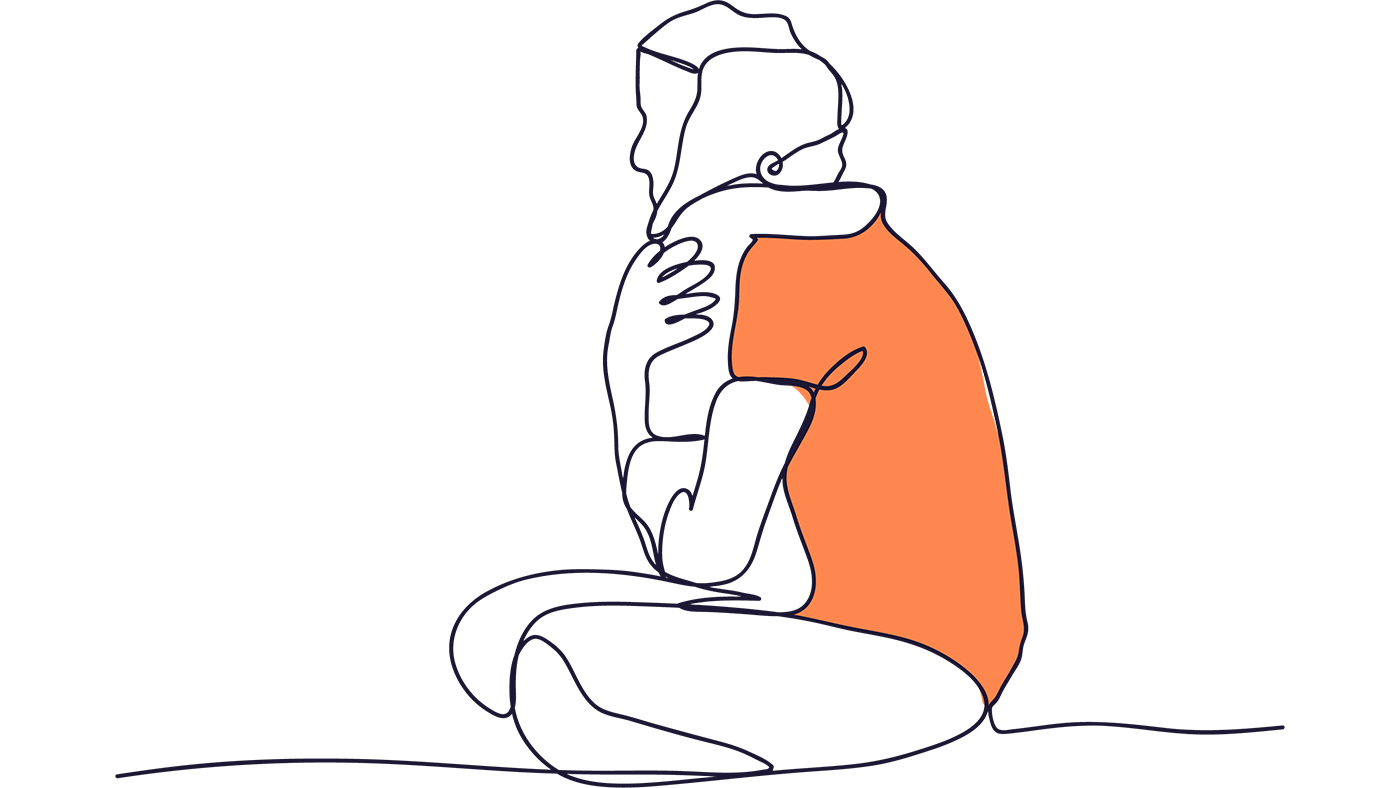Why it's time to rethink tantrums

Toddlers get a bad rep – we think that’s unfair! Toddlerhood is a time of rapid development and growing independence, which can lead to frustration and disappointment. So, why do toddlers cry, scream, kick and shout and how can we help them – and ourselves?
No more tantrums
Toddlers begin to realise they can make decisions, and they can think about more than one way of doing things.[1] This is great until you want them to wear their blue jumper and they can imagine the red one – and think they want that – then realise they don’t.
You might describe the tears that follow as a tantrum – most of us do. But, sometimes just changing the way we talk about what’s happening can help us to cope.
So, we describe what’s going on – your toddler is overwhelmed by their emotions, they’re angry, then sad. And they really can’t respond any other way at that moment.
While they might be described (maybe by ‘helpful’ strangers or relatives) as ‘trying to get their own way’, your toddler can’t think about other people’s perspectives. If they had that understanding they’d realise that there are better ways to persuade people to their point of view than lying on the floor and crying!
Anger and sadness – when it all gets too much
When your toddler is frustrated or disappointed, they might shout, scream, kick or hit – they seem angry at first before tears start, as they’re overwhelmed by sadness.[2] Some researchers even think that this sadness turns into panic, as toddlers don’t know how to calm themselves.[3]
How can you help?
There are some things that might help to reduce the number of times your toddler gets overwhelmed, but there are times there is just nothing you, or they, can do to stop these big emotions. Here are some things that might help (sometimes).
Being tired, hungry or in a busy place can be a bit much for us all sometimes (think hangry)
You might be able to predict when your toddler can’t cope with disappointment or frustration and get in first with a suggestion of a quiet moment, a dance or a story – whatever works for you and your toddler.
Offer a choice or a distraction
Giving your toddler a choice can give them the independence they want, within options you’re happy with, can help. If you see your toddler getting a bit frustrated, sometimes (but not always) distracting them can help.
Warn your toddler when an activity will need to end soon
Letting your toddler know that they will need to stop soon can help them be ready to stop (again, not always!).
Have a fairly predictable routine
Knowing what’s going to happen next helps us all feel safe and secure, so if you can have a fairly reliable routine this could reduce tears.
Keep calm – and offer reassurance
This can be hard – especially if your toddler is screaming in the middle of the supermarket. You will feel a mixture of emotions yourself. Take a deep breath and stay calm and close, as your reassuring presence will help them to regulate their emotions.
Talk (or not)
Sometimes commenting on how your toddler’s feeling can help – other times they might just need quiet. You know them, so do what’s right for your toddler.
When calm returns
Don’t punish your toddler
Your toddler couldn’t control their response – a punishment or consequence won’t stop this happening again.
Talk about what could happen next time
If your toddler can understand, have a chat about what you could do next time.
Look after yourself
Keeping calm when your toddler isn’t calm is hard – don’t forget to give yourself a bit of TLC!
Find out more about your toddler’s development
We would say this wouldn’t we! But understanding your toddler’s development can really help, especially when life is busy, and everyone has an opinion about what you should do!
References:
[1] Addyman, C (2020). The laughing baby: The extraordinary science behind what makes babies happy. London: Unbound.
[2] Potegla, M. & Davidson, R.J. (2003). Temper tantrums in young children: 1. Behavioral coposition. Developmental and Behavioral Pediatrics, 24, (3) 140-147.
[3] Potegal, M., Kosorok, M.R. & Davidson, R.J. (2003) Temper tantrums in young children: 2. Tantrum duration and temporal organization. Deevelopmental and Behvioral Pediatrics, 24 (3) 148-154.